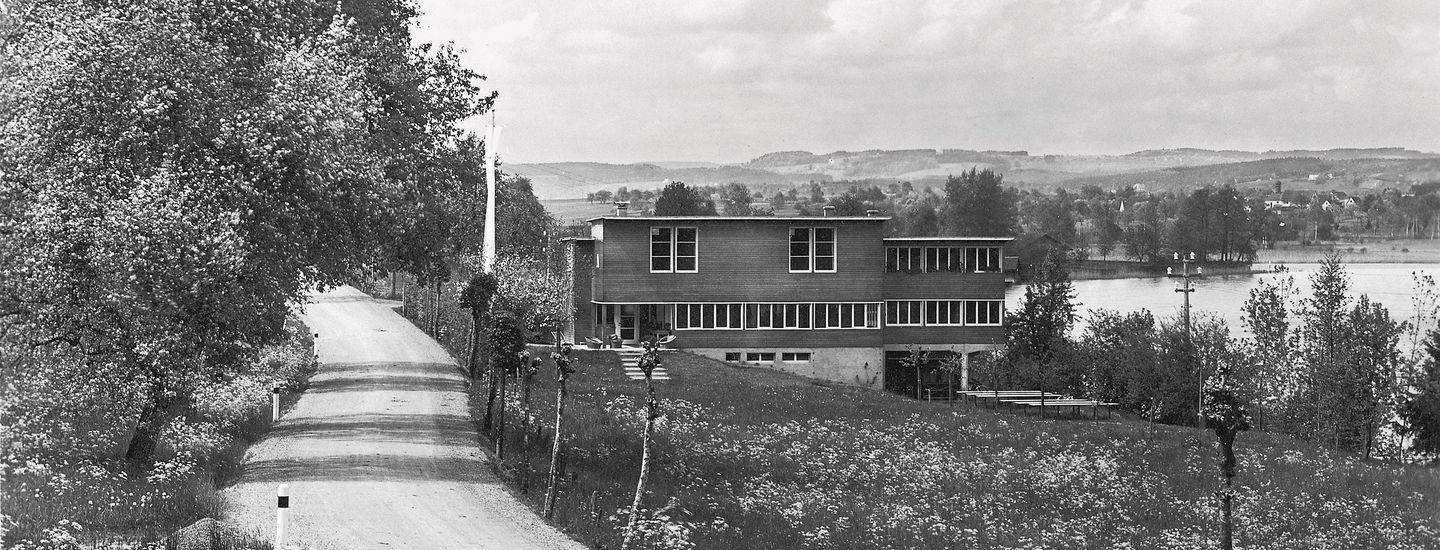
1980 to 1990
Research into youth tourism
«The Swiss Youth Hostels have a good reputation abroad. (…) In this country, however, the image still prevails of the slightly dusty, oversized hostels and inns of the pre-war years, which were poorly looked after by unfriendly hostel caretakers. Strict rules and customs may have remained here and there as the remnants of the (too) idealistic Wandervögel movement (…).»[1]
How well known are the Swiss Youth Hostels in Switzerland?
In the summer of 1980, a market research institute aims to assess the popularity and perception of the Swiss Youth Hostels among the Swiss population. The study is being undertaken due to the planned sponsorship by «a major Swiss insurance company».
Almost 1,000 people, exactly half of them women and men, aged between 15 and 74, from all parts of the country and socio-economic groups, are surveyed. Around 50% are familiar with the youth hostels. «Half of all Swiss people immediately think of youth hostels when they talk about affordable weekend and holiday accommodation, especially for young people.»[2]
But what about image? «They’re not old-fashioned at all, they’re not uncomfortable at all,» is recorded in the responses.[3] And in fact, the respondents indicate that youth hostels are generally clean. Half of them, particularly the older respondents, like the idea that a large insurance company should «help raise the visibility of the youth hostels and keep them current through advertising».[4]
Although the statements sound promising, they are not reflected in the membership figures. Fewer and fewer young people are opting for membership. Does the «jugi ethos» still appeal to them? Surveys show that restrictive rules around sleep times and gender segregation no longer align with modern perspectives. Nonetheless, it is also felt that these ideals should be upheld. Proponents and critics are more or less evenly divided. In some youth hostels, however, it becomes possible in the course of the 1980s for couples to be allowed to stay in the same room; the separation of families had already been abolished across the board.
With the changes in the spatial structure, the question arises again from 1983 onwards as to whether the youth hostels belong to the hotel or non-hotel sector, i.e. accommodation with limited services such as private rooms, campsites or group accommodation. Today, the youth hostels clearly belong to this second category, even though they are sometimes said to operate luxury hotels due to the new establishments, such as in Saas Fee and St. Moritz. With rooms without a TV, minibar, toothbrush glass, bathrobe or disposable slippers. Indeed, there are no more rundown establishments and hardly any brawls – after all, the youth hostels have also changed and adapted to the times. The hostels have continued to preserve something valuable: social values and the economical use of natural resources.








Share this page